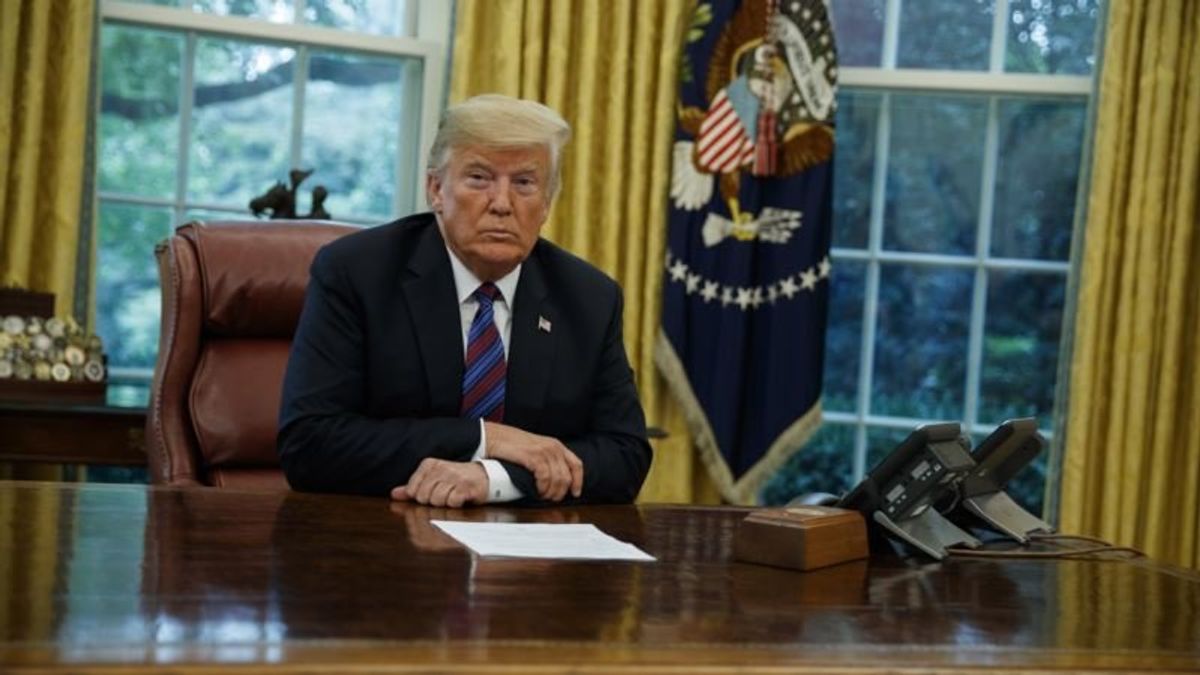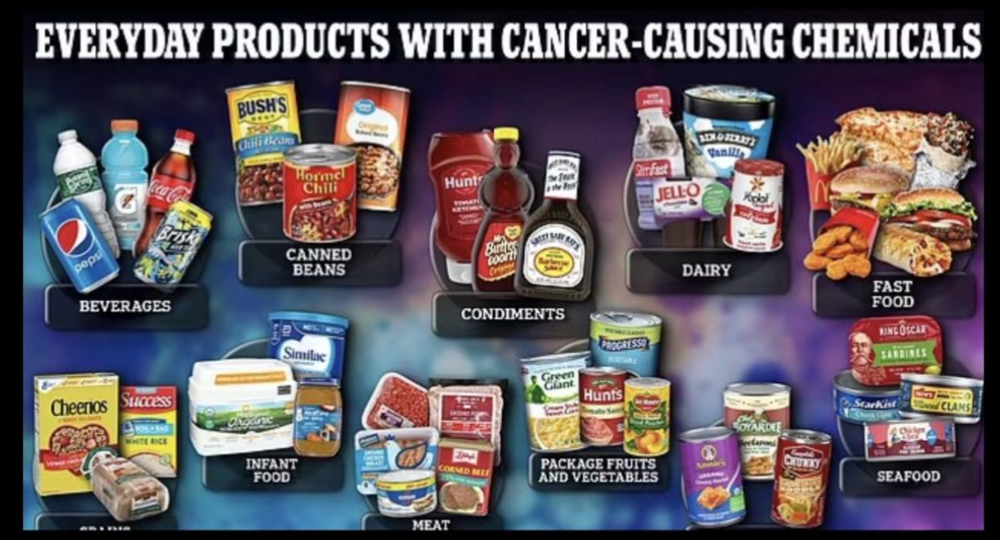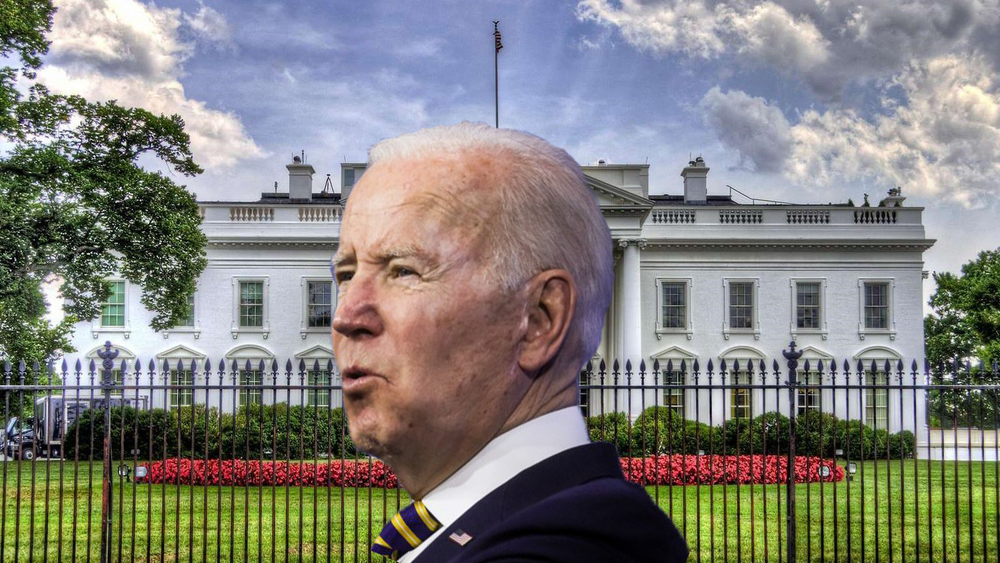
Five Key Takeaways From Trump’s US-Mexico Trade Deal
Five Key Takeaways From Trump's US-Mexico Trade Deal

The United States and Mexico agreed on Monday to a sweeping trade deal that pressures Canada to accept new terms on autos trade, dispute settlement and agriculture to keep the trilateral North American Free Trade Agreement (NAFTA).
U.S. Trade Representative Robert Lighthizer said the White House was ready to notify the U.S. Congress by Friday of President Donald Trump's intent to sign the bilateral document, but that it was open to Canada joining the pact.
The 24-year-old NAFTA is a trilateral deal between the United States, Canada and Mexico that underpins $1.2 trillion in North American Trade.
Here are some of the main issues at the heart of the negotiations:
Autos Dominate
The new deal requires 75 percent of the value of a vehicle to be produced in the United States or Mexico, up from the NAFTA threshold of 62.5 percent.
The higher threshold is aimed at keeping more parts from Asia out, boosting North American automotive manufacturing and jobs. Even if more plants are built in Mexico, jobs will grow in the United States due to high levels of integration, with studies showing that U.S. parts make up 40 percent of the value of every Mexican-built car exported to the United States.
The pact also requires greater use of U.S. and Mexican steel, aluminum, glass and plastics.
The provision started out as a U.S. demand for 85 percent regional content, with 50 percent coming from U.S. factories.
That plan was vehemently opposed by Mexico, Canada and the auto industry. It later morphed into the U.S.-Mexico deal's requirement of 40 to 45 percent of a vehicle's value to be made in high wage areas paying at least $16 an hour, requiring significant automotive production in the United States.
Although full automotive details have not yet been released, auto industry officials say it will allow Trump the ability to impose higher national security tariffs on vehicles that do not comply with the new thresholds.
Most Mexican auto exports are in a position to comply with the new limits, the country's economy minister said.
No Sunset
Trump backed off from an initial U.S. demand for a "sunset" clause that would kill the pact unless it was renegotiated every five years and which businesses said would stymie long term investment in the region.
Canada and Mexico were strictly opposed to the clause.
Instead, the United States and Mexico agreed to a 16-year lifespan for NAFTA, with a review every six years that can extend the pact for 16 years more, providing more business certainty.
Dispute Settlement
Mexico agreed to eliminate a settlement system for anti-dumping disputes, NAFTA's Chapter 19.
The move, sought by the United States, puts Canada in a difficult position because Prime Minister Justin Trudeau had insisted on maintaining Chapter 19 as a way to fight U.S. duties on softwood lumber, paper and other products that it views as unfair. Ottawa now has less than a week to decide to accept a deal without that provision.
A settlement system for disputes between investors and states was scaled back, now only for expropriation, favoritism for local firms and state-dominated sectors such as oil, power and infrastructure.
Agriculture, Labor
The new deal will keep tariffs on agricultural products traded between the United States and Mexico at zero and seeks to support biotech and other innovations in agriculture. It lacks a previous U.S. demand to erect trade barriers to protect seasonal U.S. fruit and vegetable growers from Mexican competition.
It contains enforceable labor provisions that require Mexico to adhere to International Labor Organization labor rights standards in an effort to drive Mexican wages higher.
Now Canada
The U.S.-Mexico NAFTA deal opens the door for Canada to immediately rejoin the talks and is a major step forward in updating the accord.
Canada, which sat out the last leg of discussions while the United States and Mexico ironed out their bilateral differences, is now pressured to agree to the new terms on auto trade and other issues to remain part of the three-nation pact.
Trump has presented this as a bilateral deal and threatened Canada with car tariffs. Some lawmakers have said that a bilateral deal would face a higher vote threshold in Congress because the NAFTA fast-track negotiating authority law calls for a trilateral agreement.
 Trump Backer Inhofe in Line to Chair Powerful Senate Armed Services PanelNext PostUS Court: N. Carolina Gerrymander Illegal, Seeks New Congressional Map
Trump Backer Inhofe in Line to Chair Powerful Senate Armed Services PanelNext PostUS Court: N. Carolina Gerrymander Illegal, Seeks New Congressional Map







